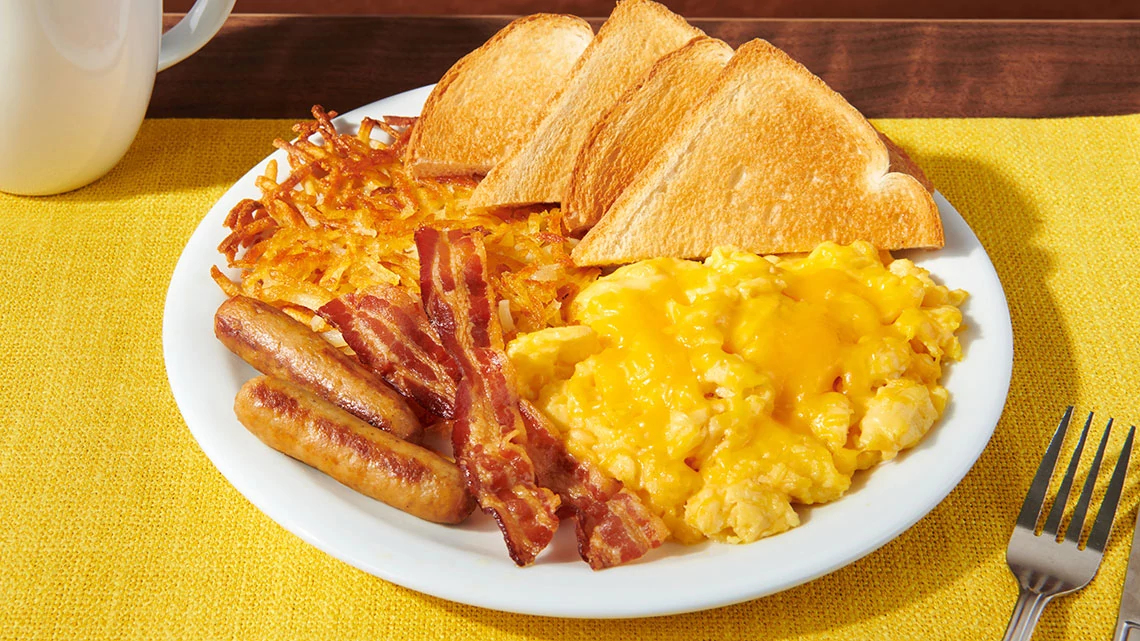AARP Hearing Center
Many veterans are aware of the Department of Veterans Affairs’ home loan program that makes it easier for service members and surviving spouses to become homeowners. However, there are many misconceptions surrounding the benefit that may prevent potential home buyers from utilizing the program or taking full advantage of it.


LIMITED TIME OFFER Memorial Day Sale! Join AARP for just $11 per year with a 5-year membership Join now and get a FREE gift. Expires 6/4
“For so many veterans and military families, it is arguably the most powerful loan product on the market and often the most financially advantageous,” said Chris Birk, director of education at Veterans United Home Loans, the top VA mortgage lender.
Nationally, about 8 in 10 veterans who use the benefit buy their home without a down payment. Despite that, these VA loans have had the lowest foreclosure rate for most of the last 15 years, he added.
Here are 10 aspects of the program that Birk said are commonly overlooked or misunderstood.
This is H3 text. Defaults to bold and all caps at this size
This is H4 text. Defaults to bold and all caps at this size
In fact, the benefit can be used over and over throughout a veteran’s lifetime. It’s even possible to have multiple active VA loans at the same time. But the subsequent funding fee is 3.6 percent of the loan amount instead of the 2.3 percent charged to first-time beneficiaries. However, a sizable portion of veterans with disabilities and surviving spouses are exempt from the fee.
“It’s tough, because you hear from a veteran who’s in their advancing age, and they’re talking about how excited they are to finally use their benefit. They’ve been holding on to it,” Birk said. “They’ve been waiting to use it because they thought they only had one shot.”
2. THE VA DOES NOT PROVIDE THE LOAN.
Instead, it’s providing a form of insurance for lenders or private companies.
The VA’s view is that if you’re a veteran, you’ve earned this benefit. Therefore, if you have a home loan, it’s backed by the VA — which means that if you default, the VA will typically pay the lender a quarter of the loan amount, Birk said.
As a result, veterans may borrow as much as a lender is willing to offer, provided they can afford to make payments.





































































